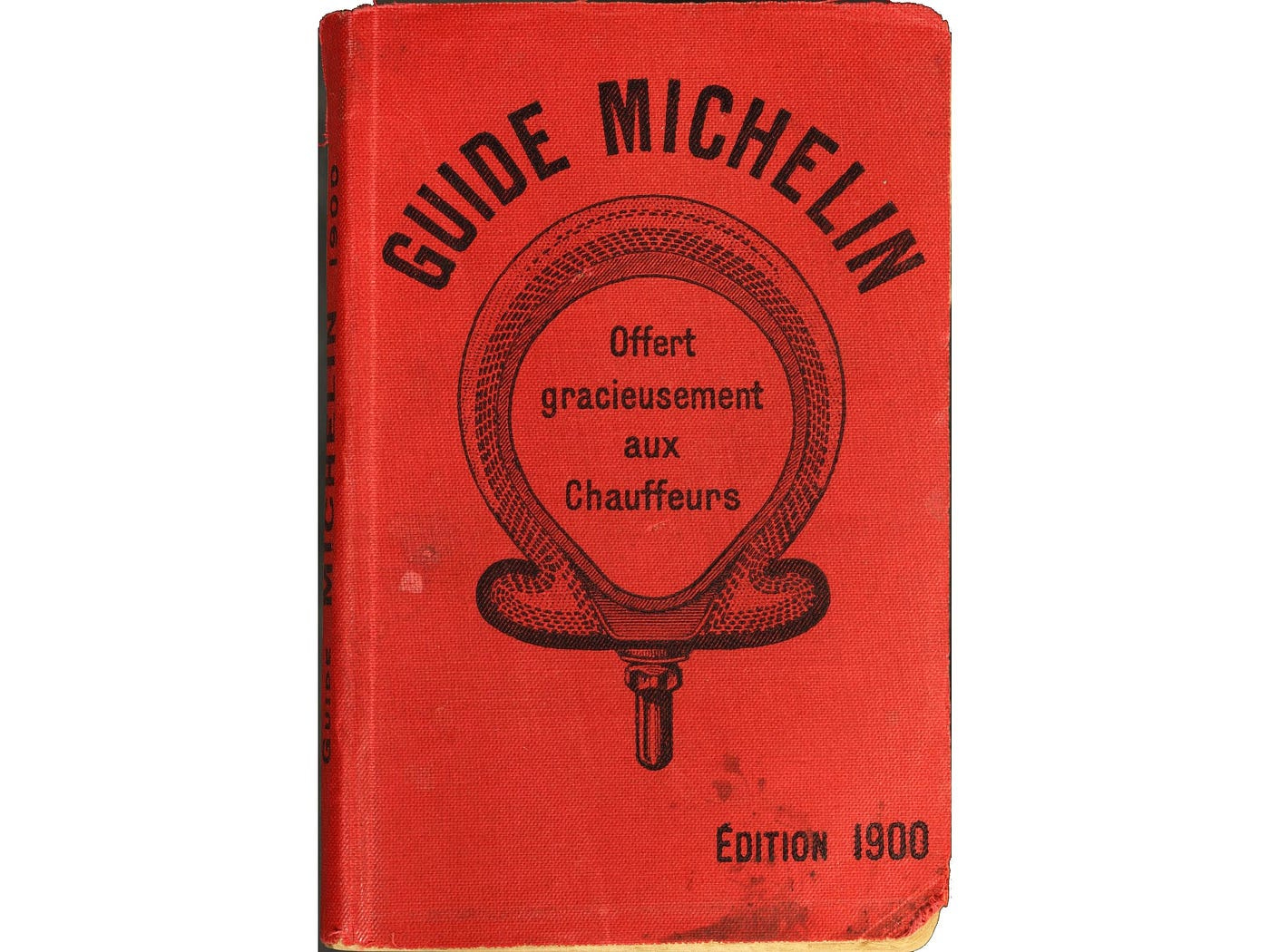Good afternoon from Porto! Today’s essay is for my excellent (and growing) cohort of paid subscribers. $5 a month or $50 a year gives you access to everything I’ve ever written at The Sauce. That includes recipes. Essays on food and drink culture like learning to cook is a rebellion against our failing food systems and Why does it make us so uncomfortable that Martha Stewart wasn't nice?
Plus an increasing number of in-depth food and wine-based travel guides (the next one — a guide to Jerez in southern Spain — drops next week).
Paid subscriptions help keep my oven on and my laptop whirring. Thank you.

The best meal I ever ate was at a one-star Michelin restaurant.
It was in a pub on the windswept coast of southern England. Nothing overtly fussy — a menu of simple, local food. We were served by young people in flannel shirts from the nearby village.
I can still feel the texture of the flaky pastry that enveloped their mushroom tart.
The worst meal I ever ate was also in a one-star Michelin restaurant.
A group of friends had booked it for my 40th birthday a few weeks ago. The service was bad, as was the food. It was combative — a challenge set by the chef that I didn’t ask for nor want.
I can still taste the fermented melon broth over a frozen oyster. A dish that tasted like sour milk.
For 124 years the Michelin guide has been the dining-out bible. The epitome of taste. Something you can trust when you want to eat somewhere elevated.
For a long time, I trusted the guide too. I’ve eaten at many Michelin-starred joints over the years (working in the wine trade comes with mad perks).
I cared about Michelin a lot and I trusted their judgment.
But these days, I’ve noticed many inconsistencies between Michelin-starred restaurants. I’ve had too many poor experiences. Experiences that can sometimes cost a pretty penny.
It feels like those Michelin stars are not shining as brightly as they once did.
And I’m not the only one who thinks so.

What do you look for when you go out for a “fancy” meal?
If I’m going to pay Michelin star prices, I’m going to want certain things. But what I want and what Michelin says they look for are somewhat misaligned.
Michelin says:
Restaurants may receive one to three MICHELIN Stars for the quality of their food based on five criteria: 1) quality of the ingredients used 2) mastery of flavor and cooking techniques 3) the personality of the chef in the cuisine 4) harmony of flavors and 5) consistency between visits.
I interviewed a few of my hospitality friends — bar owners, winemakers and restaurateurs — for this article. What they want from a Michelin-level meal out also jives with my personal criteria. Criteria that overlap a little with Michelin’s, but frankly, not enough.
In summary, we want:
Good, delicious food that showcases seasonal ingredients in the best way possible. A little innovation is fine but no stunts for the sake of it. A menu that works together, not just a series of separate dishes. A decent, comprehensive wine list. An inviting atmosphere.
And high up the list — attentive but not overpowering service.
The service and atmosphere aspects are interesting because Michelin’s website says something that may surprise you:
Restaurant inspectors do not look at the interior decor, table setting, or service quality when awarding stars
Whether this is Michelin’s intention or not, this reads like service has zero impact on whether a restaurant gains a star. By that logic, a server could verbally abuse you and it wouldn’t mean anything.
Keep reading with a 7-day free trial
Subscribe to The Sauce to keep reading this post and get 7 days of free access to the full post archives.



